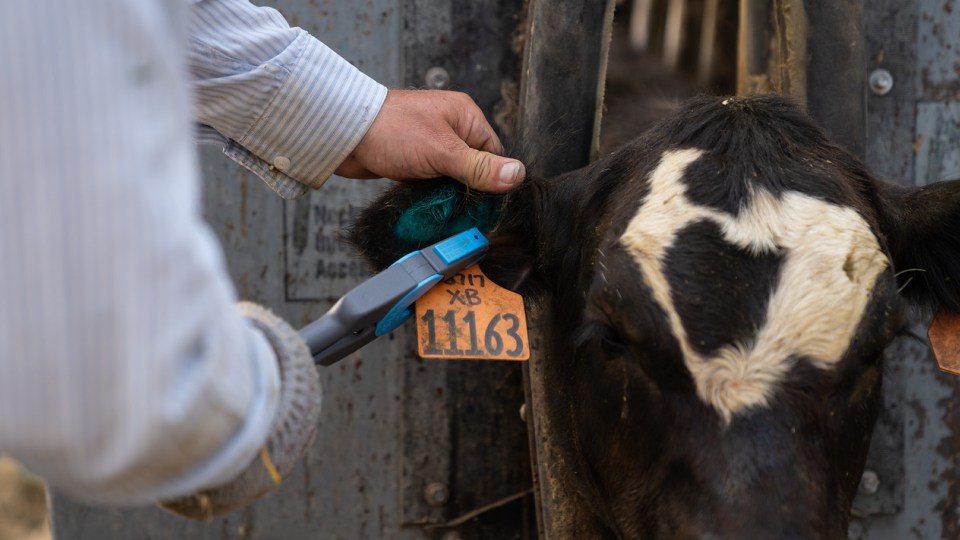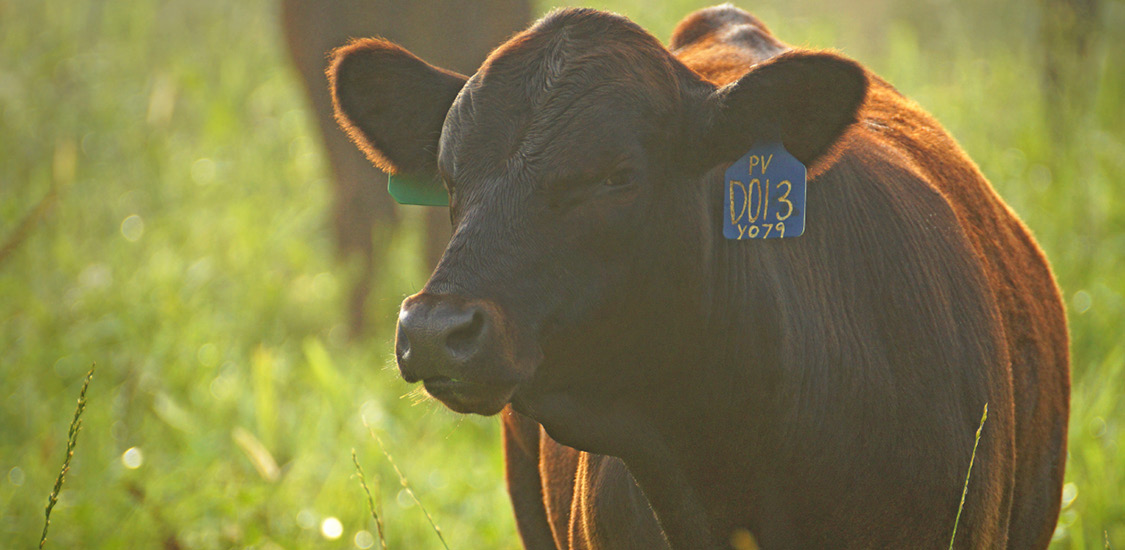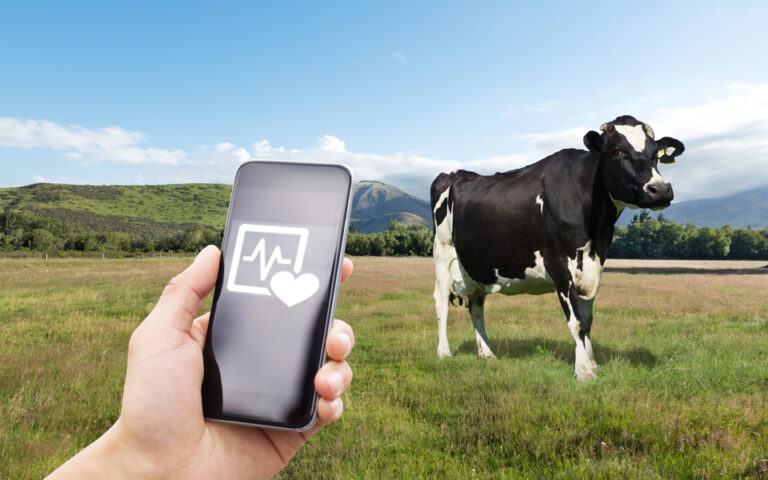In the face of a rapidly changing world, traditional methods of livestock management are becoming increasingly obsolete. As technology advances, so too does our ability to track and manage animals on a large scale. Cow tagging in the digital age offers modern solutions to an ancient problem—how to keep track of vast herds of cattle without getting lost in the details.
By combining existing technologies with innovations, farmers can now better manage their livestock while saving time and money in the process.
Benefits of Modern Livestock Management Solutions

Modern livestock management solutions offer many advantages to farmers and ranchers. By using these technologies, agricultural producers can increase their efficiency while ensuring the safety and health of their herds.
Through cow tagging, for example, producers can monitor individual animals’ movements and behaviors more effectively than ever before, making it easier to detect illnesses or injuries early on.
Additionally, these systems allow producers to quickly determine which cows have been bred successfully during each season and can even help streamline paperwork processes by providing automatic records of herd details.
Furthermore, modern livestock management solutions provide valuable analytics that can be used to make better decisions about feeding schedules, vaccination programs, and other aspects of herd care. Ultimately this leads not only to improved animal welfare but also increased production yields from a healthier herd.
Types of Cow Tags and Technology Used
Cow tagging in the digital age has allowed for various types of tags to be used, each with their advantages. The most popular type is RFID (Radio Frequency Identification) which can be easily attached to the animal and read from reader devices located around farms or ranches without needing any physical contact.
Barcode tags are also becoming increasingly common as they allow farm owners to quickly scan individual animals with a smartphone or tablet device equipped with a barcode scanner app.
Alternatively, visual recognition software is gaining traction due to its ability to accurately recognize cows by creating 3D models based on images taken by cameras placed around farms or pastures – this method eliminates the need for manual identification and offers unparalleled accuracy when it comes to tracking livestock.
Regardless of which cow tagging system you choose, modern technology provides an invaluable tool for keeping track of herds while ensuring optimal health and increased productivity throughout your operation.

How To Implement a Cow Tagging System
Implementing a cow tagging system on your farm can be a daunting task, but with the right steps, it can be done easily and efficiently. First, you must determine what type of tag is best for your herd—RFID or visual recognition systems are two popular options.
Once the appropriate tags have been chosen, they should then be installed according to directions provided by the manufacturer or vendor. Next, ensure that all staff members understand how to use the system correctly and that any necessary software is properly installed before implementing it.
Finally, regular data maintenance associated with each animal in the database should be conducted so that accurate information is always available when needed! By following these simple steps farmers can ensure their cow tagging system runs smoothly and effectively from day one.
Conclusion

The use of modern technology for livestock management is becoming increasingly popular, as it offers many advantages. Ear tags for cattle are an especially effective way to track and manage herds, allowing farmers to access real-time data about their animal’s health and well-being.
This information can then be used to ensure that the herd is kept in optimal condition, helping the farmer increase productivity while reducing costs.
With digital tagging solutions now available, farmers have a reliable tool at their disposal which makes tracking large numbers of animals easier and more efficient than ever before. As such, cow tagging in the digital age offers a significant advantage over traditional methods of livestock management.

